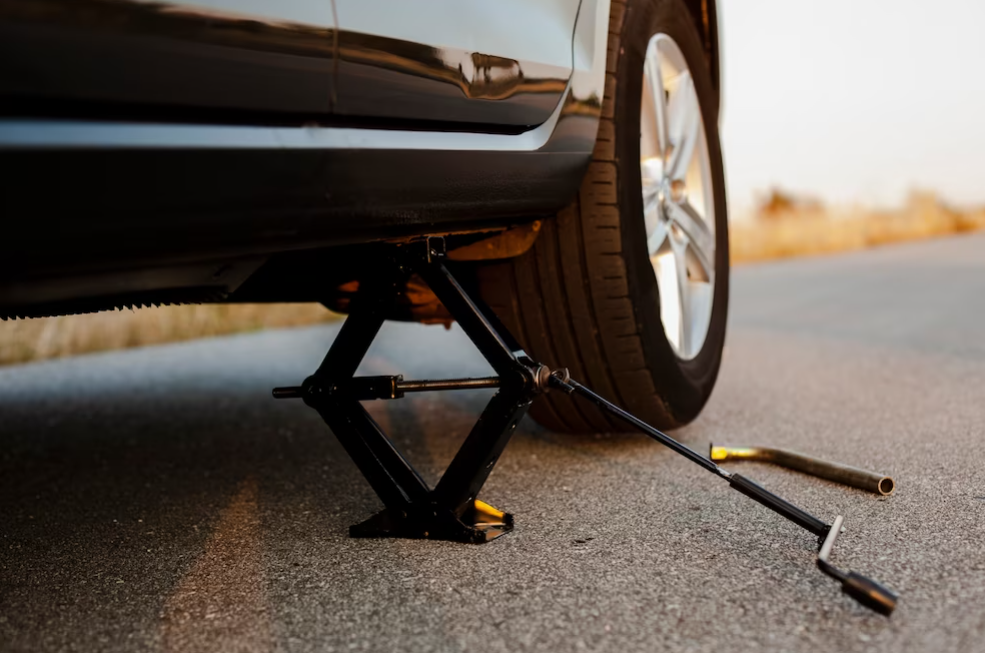How to Drive One of The World's Most Insane Road Courses?
Have you ever fantasized about pushing your driving prowess to its extreme limits on some of the planet's most exhilarating road circuits? If you've answered in the affirmative, prepare for an electrifying adventure! We'll embark on a thrilling odyssey through a selection of the world's most demanding and iconic road courses. From the formidable Nürburgring Nordschleife to the storied Circuit de la Sarthe course, we shall delve into the unique elements that render these tracks truly extraordinary, all while offering valuable insights on navigating them with both safety and unwavering confidence.

Some of The World's Most Insane and Legendary Road Courses
Around the globe, a collection of legendary road courses stands as hallowed grounds for motorsports enthusiasts, celebrated for their challenging configurations, historical significance, and the sheer excitement they evoke. Among these celebrated tracks, the Nürburgring Nordschleife in Germany stands out, famously known as "The Green Hell." Its formidable 20.8-kilometer course is a formidable challenge, featuring high-speed straights, demanding corners, and breathtaking elevation shifts.

Just over the border in France, the Circuit de la Sarthe takes the spotlight as the esteemed venue for the legendary 24 Hours of Le Mans, seamlessly weaving public roads with purpose-built track sections across a 13.6-kilometer canvas, with the iconic Mulsanne Straight as its centerpiece.
Belgium's Spa-Francorchamps, with its fickle weather and iconic turns like Eau Rouge and Blanchimont, captivates Formula 1 and endurance racing aficionados, while Monaco's circuit, weaving through the streets of Monte Carlo, offers a unique challenge with its intricate layout and minimal room for error. These are just a few gems in a crown of legendary tracks that continue to thrill drivers and fans alike with their distinctive tests of skill and bravery.

Know the Track: Study the course thoroughly before hitting the track. Familiarize yourself with its layout, key corners, elevation changes, and potential hazards. Virtual simulators or video tutorials can be helpful for this.
Driver Training: Consider enrolling in a driving school or hiring a coach who is experienced on the specific track. Professional instruction can enhance your skills and boost your confidence.
Safety Gear: Always wear the appropriate safety gear, including a certified helmet, racing suit, gloves, and racing shoes. The right gear can provide protection in case of an accident.
Vehicle Inspection: Ensure your vehicle is in top condition before racing. Regular maintenance checks, including brakes, tires, and suspension, are crucial. Racing vehicles should also comply with safety regulations.
Mental Preparation: Mental readiness is vital. Stay focused, calm, and composed during your laps. Keep emotions in check, as panic or overconfidence can lead to accidents.
Warm-Up Laps: Start with warm-up laps to get acclimated to the track's conditions and feel the vehicle's behavior. Gradually build up speed as you become more comfortable.
Safety Briefings: Attend any safety briefings or orientation sessions provided by the track management. Understand track rules, flag signals, and emergency procedures.
Respect Other Drivers: Remember that you're sharing the track with other racers. Be courteous and respect their space. Avoid aggressive or dangerous maneuvers that could lead to collisions.
Weather Awareness: Weather conditions can change rapidly. Keep an eye on the weather forecast and be prepared for rain, fog, or other adverse conditions. Adjust your driving accordingly.
Braking and Acceleration Zones: Master braking and acceleration zones specific to the track. Knowing when to brake and accelerate can significantly improve your lap times and safety.
Stay Hydrated and Alert: Racing can be physically demanding. Stay hydrated and well-rested to maintain focus and reaction times.
Emergency Equipment: Carry essential emergency equipment in your vehicle, such as a fire extinguisher, first aid kit, and a toolset for minor repairs.

To maximize your performance on legendary road courses, it's imperative to follow a systematic approach. First, "Know Your Car." Understand every facet of your vehicle, from its power and handling to its braking capabilities and weight distribution. Ensure it's meticulously maintained to prevent any mechanical issues. Safety should always be paramount; "Safety First" involves wearing proper gear and outfitting your car with essential safety features like a roll cage and racing harness.
Next, "Learn the Course" meticulously. Study maps, watch videos, and acquaint yourself with every twist and turn. Consider practicing on the course at a slower pace to grasp its intricacies. "Practice and Preparation" is key, so engage in track days or enlist a professional instructor for guidance.

Mastering advanced driving techniques is a must; "Master Driving Techniques" emphasizes precision, smooth inputs, and understanding weight transfer. Maintain unwavering focus and relaxation on the track, adapting your driving to changing conditions. "Respect the Track" by starting conservatively and gradually increasing your speed. Continually analyze and seek improvement.
Lastly, always "Enjoy the Experience." Remember that driving on legendary road courses is an unparalleled adventure; savor every moment and relish the journey.
-
How can I learn the racing lines and braking points for these courses?
You can learn racing lines and braking points through research, videos, and simulator training. Attending track days and hiring an instructor can also help you learn the ideal lines for each course.
-
What driving techniques are important for tackling these challenging road courses?
Essential techniques include trail braking, heel-and-toe downshifting, understanding weight transfer, and maintaining smooth and precise inputs for steering, throttle, and brakes.
Read another review here: Top 10 Waterproof Hiking Boots For Outdoor Enthusiasts


.png)











